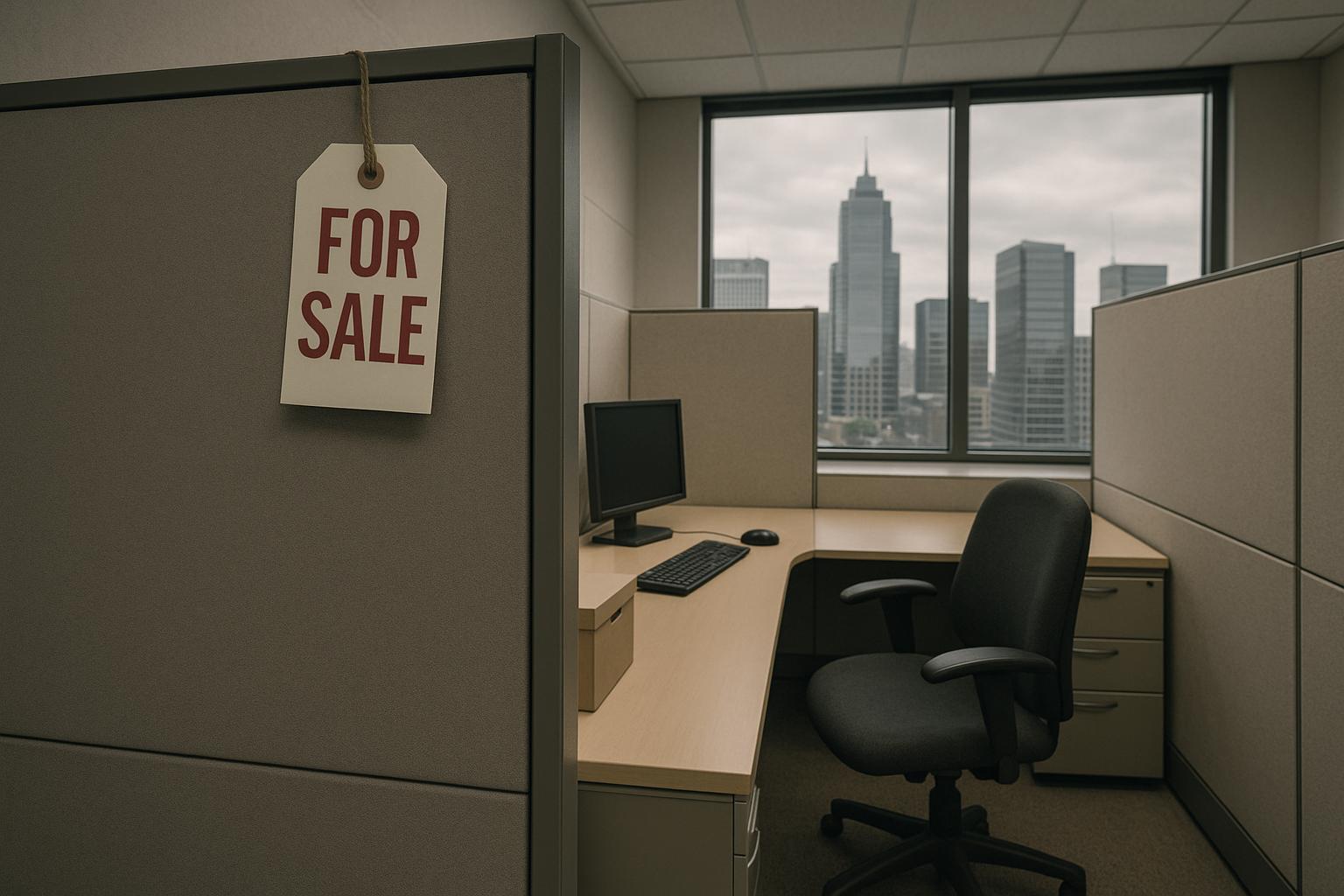Poor indoor air quality is inflicting a significant economic and health burden on New Zealand, with researchers estimating a cost of about one billion dollars annually due to healthcare expenses and lost productivity. Despite being a fundamental element of health and well-being, indoor air quality often remains neglected, with no enforceable standards or a national agency tasked with oversight, according to a briefing from the Public Health Communication Centre (PHCC).
Julie Bennett, an associate professor at Otago University and co-author of the PHCC briefing, emphasised the paradox of overlooking air quality when compared to the regulation of water and food safety. She noted that although people spend around 90 percent of their time indoors, the air they breathe is not subject to the same stringent oversight as other basic necessities. This oversight gap has left millions exposed to contaminants such as viruses, bacteria, mould, dust, and chemical pollutants, many of which are invisible and underestimated health risks.
The PHCC report highlights that poor indoor air quality uniquely affects vulnerable groups, including the elderly, young children, and Māori communities, who often live in inadequate housing with sources of pollutants like unvented gas appliances and second-hand tobacco smoke. This disproportionate impact is compounded by the fact that people from lower socio-economic backgrounds tend to spend more time indoors, increasing their exposure to harmful pollutants.
Evidence points to substantial benefits from improving indoor air quality in public and commercial buildings. Research commissioned by the Facilities Management Association of New Zealand suggests that upgrading ventilation and air filtration in schools and offices could save the country around one billion dollars annually. Improved air quality correlates with better health outcomes, reduced school absenteeism—by over half a million days—and enhanced employee focus, reducing sick leave and fatigue. For instance, schools with modernised ventilation systems have reported improvements in attendance and academic performance.
Currently, New Zealand’s building codes concentrate more on energy efficiency than on health-promoting ventilation standards. The Building Code provides only minimal ventilation requirements aimed primarily at dampness control, lacking enforceable thresholds for indoor pollutants such as carbon dioxide. Unlike several other nations, New Zealand does not have a dedicated agency for indoor air quality; legislation such as the Resource Management Act focuses largely on outdoor air pollution, leaving indoor air largely unregulated.
Global comparisons underscore this gap. Countries like the United States, Canada, and France have agencies responsible for enforcing indoor air quality regulations. In New Zealand, some studies have revealed that average indoor levels of fine particulate matter (PM2.5) frequently exceed the World Health Organization’s exposure guidelines. PM2.5 is a hazardous pollutant linked to serious health conditions including cardiovascular disease, stroke, lung cancer, and chronic obstructive pulmonary disease.
Healthcare and respiratory organisations, including the Asthma and Respiratory Foundation New Zealand and the Indoor Air Quality Research Centre, stress the importance of indoor air quality, particularly in colder months when ventilation is reduced. They warn that indoor pollutant concentrations can reach two to five times outdoor levels without adequate ventilation, exacerbating respiratory health issues.
Experts argue that establishing national indoor air quality standards could lead to a range of societal benefits—from reductions in respiratory illnesses and hospitalisations to improved cognitive function and productivity in workplaces. For example, lower carbon dioxide levels indoors have been linked to enhanced mental performance. Economic analyses suggest that investments in better ventilation and air filtration systems deliver strong returns, making such improvements a viable public health strategy.
The PHCC has recommended the creation of a Crown-led national agency to spearhead efforts, including setting enforceable air quality thresholds and facilitating upgrades in public buildings’ ventilation systems. This proposal comes as the issue gains international attention, with indoor air quality set to be discussed at the upcoming Healthy Indoor Air: A Global Call to Action event at the 2025 United Nations General Assembly.
Julie Bennett encapsulated the urgency: “Covid-19 made us briefly aware of the air we share, but as masks came off, that focus faded. Clean indoor air is one of the most effective ways we can protect our health every day, not just during a crisis. It also helps us think more clearly, work more effectively and learn more easily, making it a lasting investment in both well-being and productivity.”
📌 Reference Map:
- Paragraph 1 – [1], [3]
- Paragraph 2 – [1], [2], [4]
- Paragraph 3 – [2], [3]
- Paragraph 4 – [1], [6]
- Paragraph 5 – [5], [1]
- Paragraph 6 – [4]
- Paragraph 7 – [6], [3]
- Paragraph 8 – [1], [6]
- Paragraph 9 – [1]
Source: Noah Wire Services
